Constant questions keep students coming to class
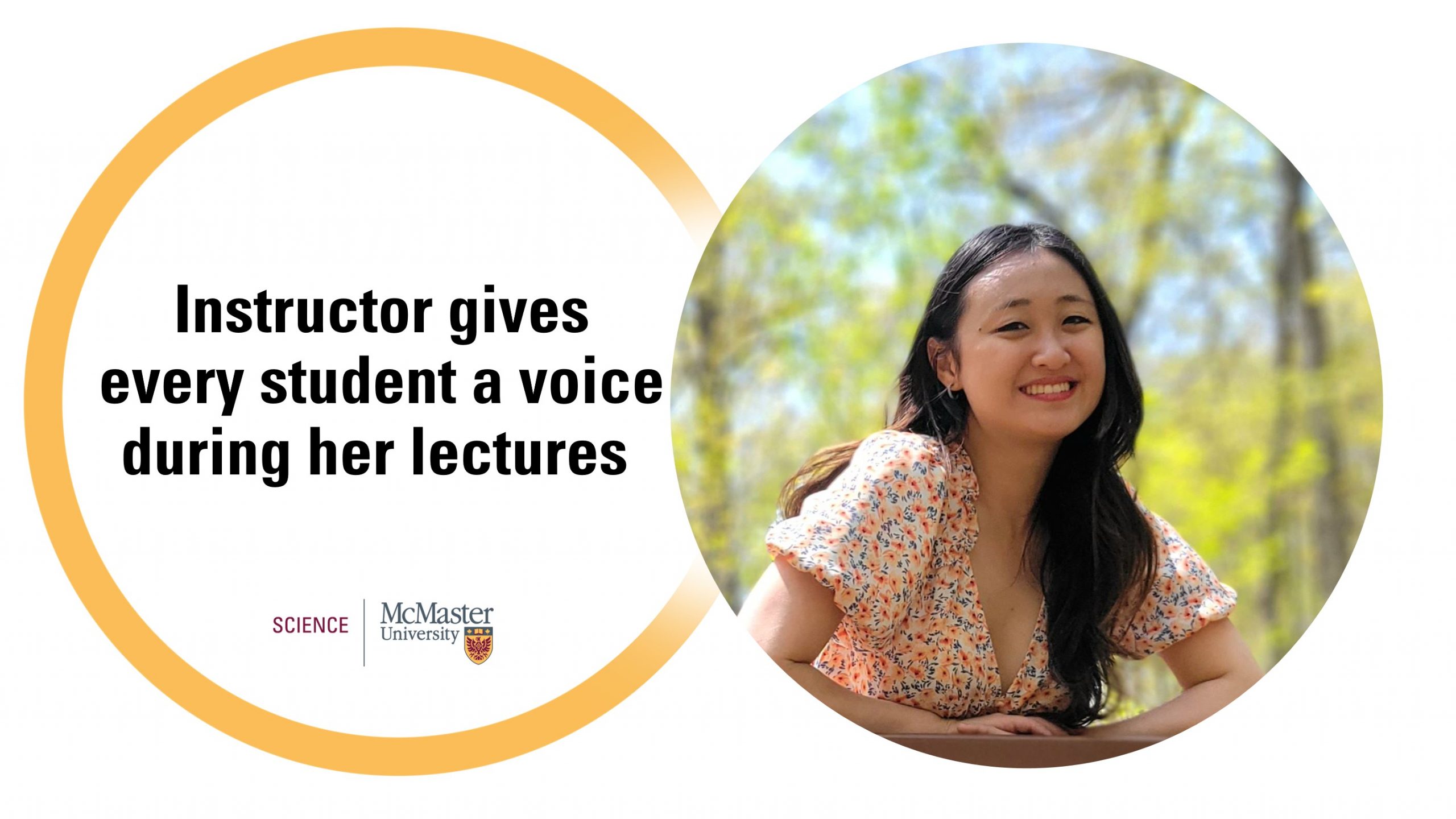
Students can earn full marks for participation without once raising their hands in Laura Jin’s classes.
Laura, a sessional instructor in Psychology, Neuroscience & Behavior, weaves online questions throughout all of her lectures that students answer with their smartphones and laptops.
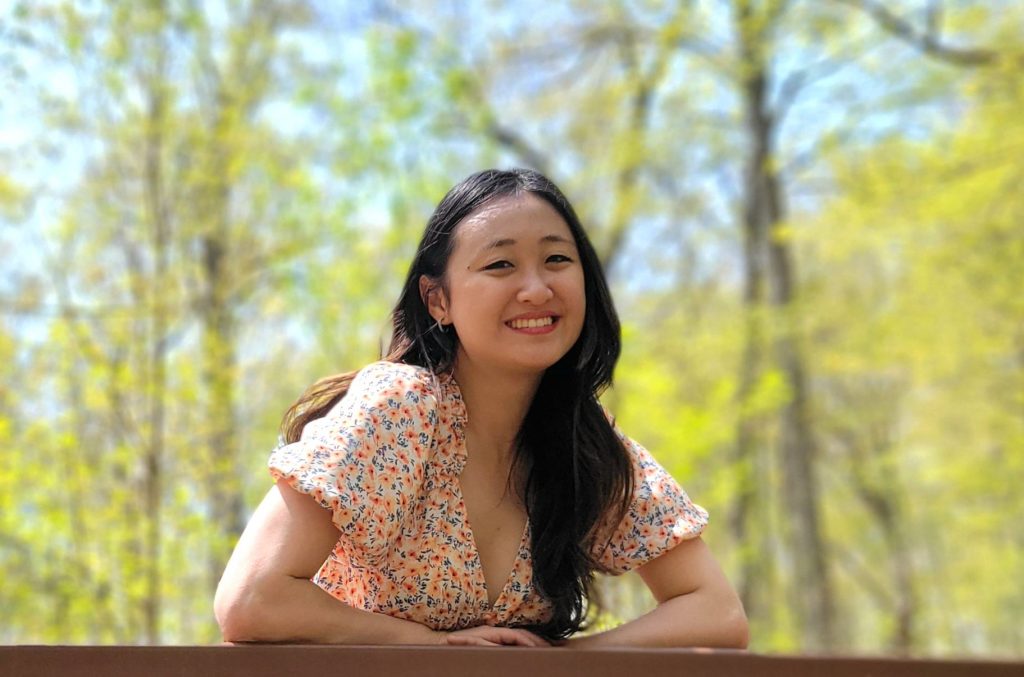 Laura uses everything from quick polls, multiple choice and open-ended questions to keep students engaged in her adolescent development and pediatric mental health courses. Laura also asks students to rate their mood, weigh in on whether a research finding surprised them or share their weekend plans. Student comments are then anonymously shared with the class and used as points of discussion and connection.
Laura uses everything from quick polls, multiple choice and open-ended questions to keep students engaged in her adolescent development and pediatric mental health courses. Laura also asks students to rate their mood, weigh in on whether a research finding surprised them or share their weekend plans. Student comments are then anonymously shared with the class and used as points of discussion and connection.
Students log in using a code that’s unique for each lecture, which is shared on the title slide of Laura’s PowerPoint presentations.
Students who answer 70 per cent of the questions Laura asks over the course of the term score 10 out of 10 for class participation. Participation accounts for 10 per cent of the students’ final grade.
To build a sense of community among students, Laura puts up an open thread before class starts and again at the midway break in her lectures. This prompts students to ask questions about content or post comments to connect with classmates.
Having students answer questions online levels the playing field for all students and gives everyone a voice, says Laura. “Not everyone’s comfortable raising their hand and speaking out in a class of 200 or 300 students. And asking students to raise their hands to participate just doesn’t work in classes that size.”
Laura also relies on student answers and comments to know when she’s hitting or missing the mark with her lectures. “If only a quarter of the class correctly answers a question, I’ll hit pause on my lecture and revisit the concept. The real-time feedback helps me be a better instructor.”
Laura, who works as a clinical trials coordinator at McMaster Children’s Hospital, says she’s always looking for innovative technologies that’ll enhance student learning and engagement. Pear Deck checked all the boxes – there’s no required paid subscription or preset questions and it was easy to integrate the technology into PowerPoint and Google Slides.
Laura started using Pear Deck when courses moved online during the pandemic and kept using it once in-person classes resumed. “Student feedback’s been overwhelmingly positive,” says Laura who reports consistent class attendance rates of more than 80 per cent. “Students are asking even more insightful questions, making predictions about applied concepts and even sharing jokes with each other during lectures. The conversations, connections, feedback and engagement really are magical.”
Connect with Laura at jinly2@mcmaster.ca.
Faculty, Teaching excellenceRelated News
News Listing
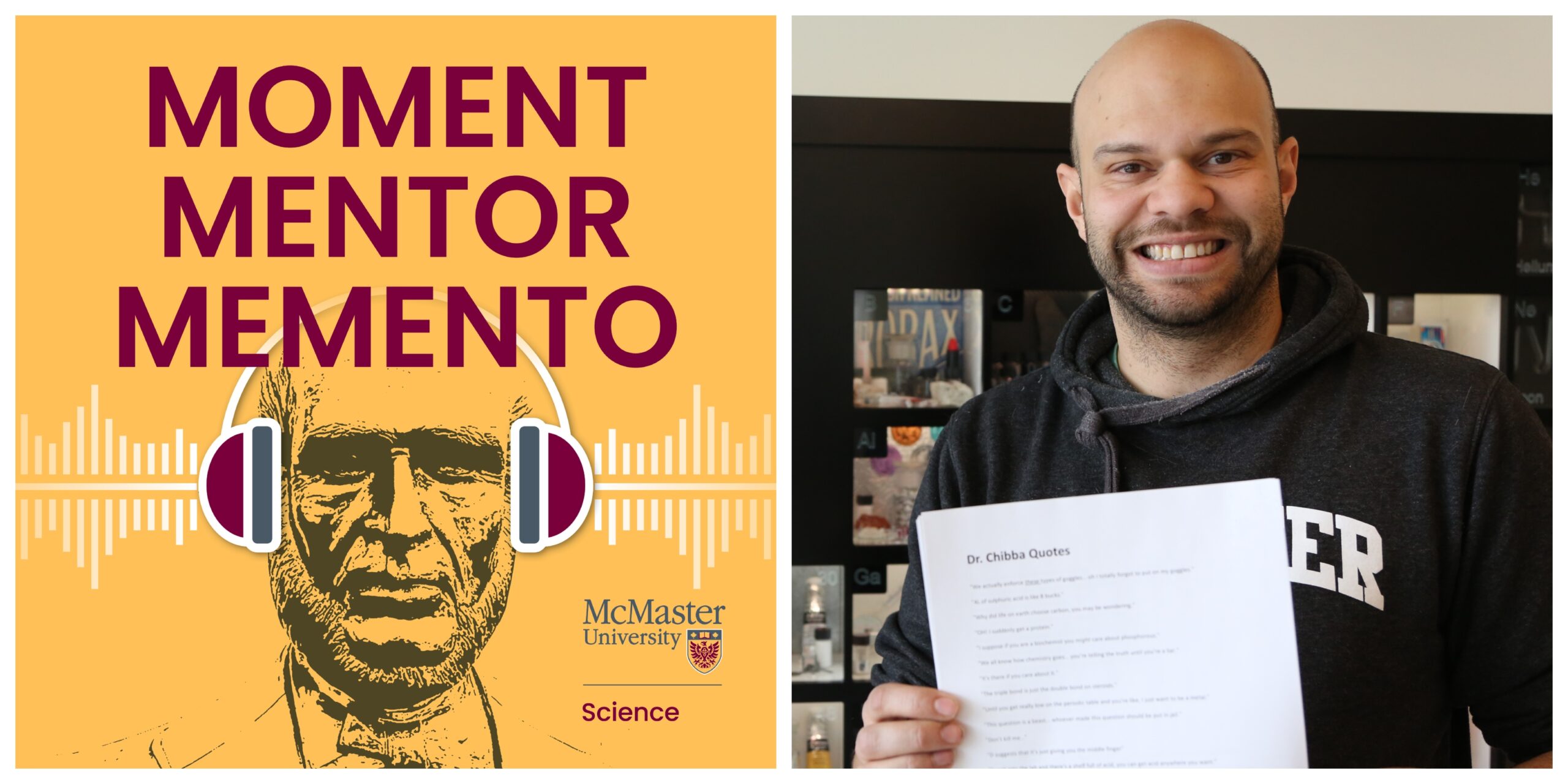
Moment Mentor Memento ep. 11 with Anthony Chibba
Podcast, Teaching excellence, Uncategorized
November 13, 2024
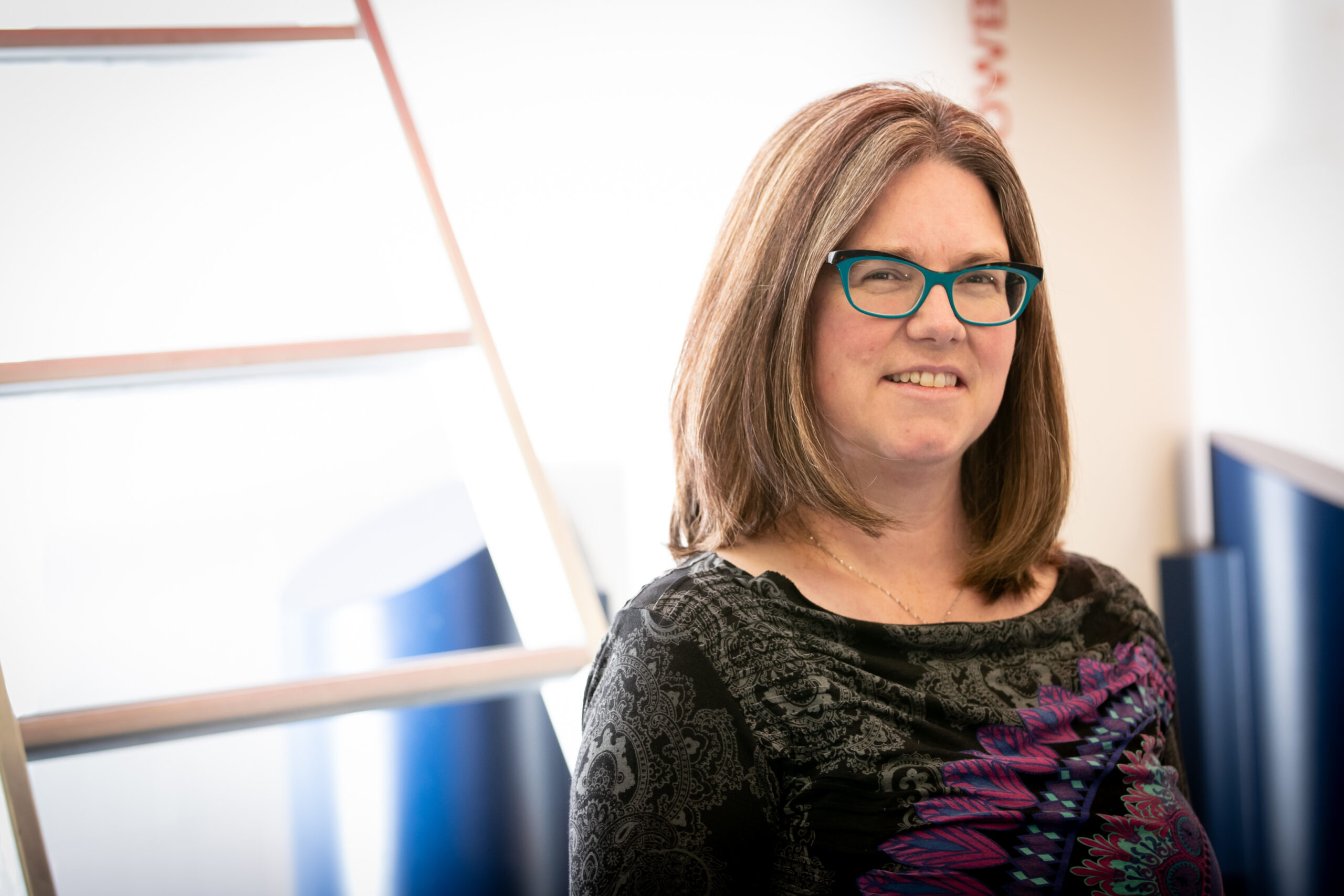
Industry partnerships power research in Energy Storage Lab
Faculty, Partnerships, Research excellence
November 5, 2024
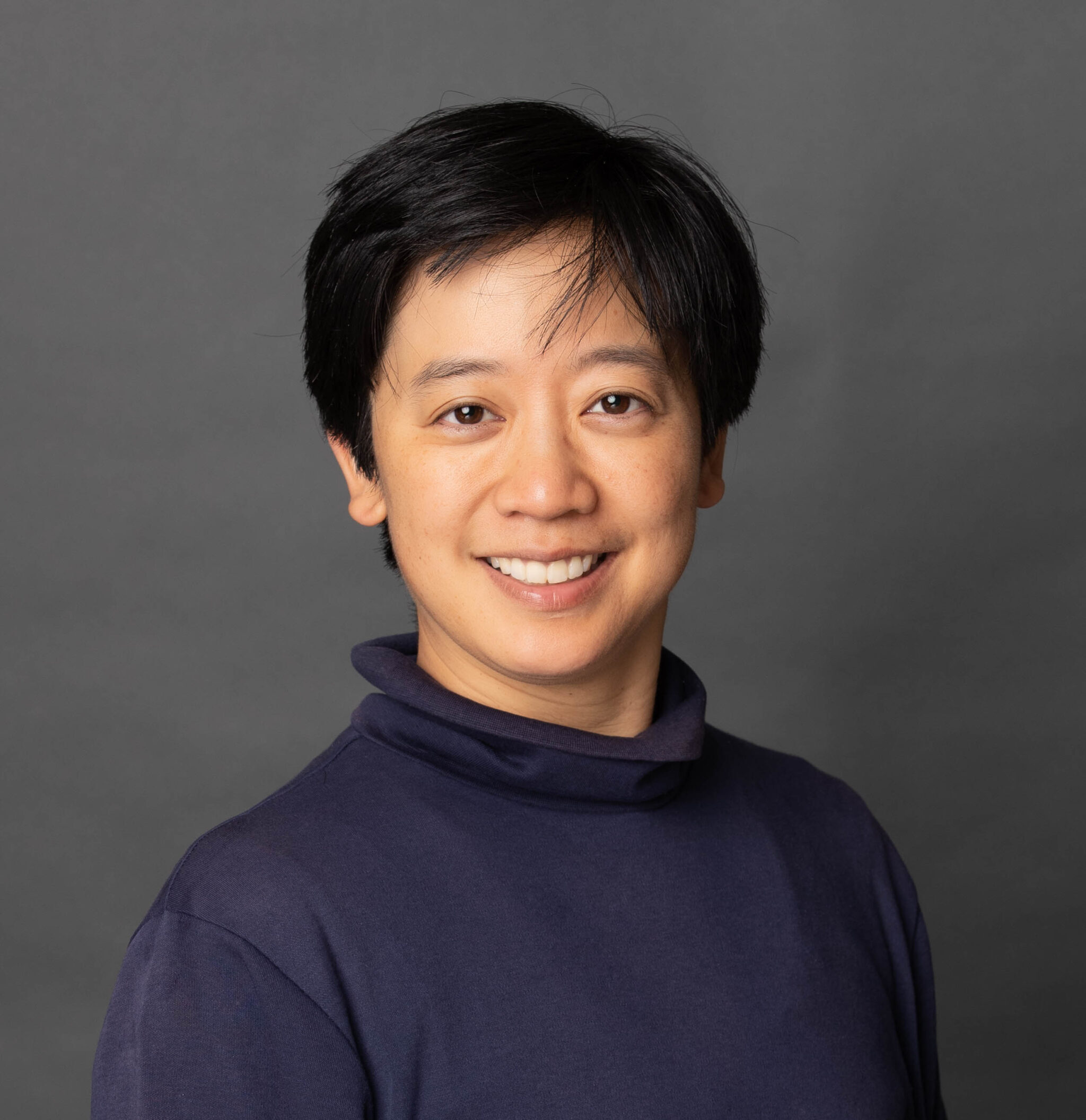
Megumi Harada one of 41 mathematical scientists from around the world to be named Fellow of the American Mathematical Society for 2025
Faculty, Research excellence, Teaching excellence
November 4, 2024
